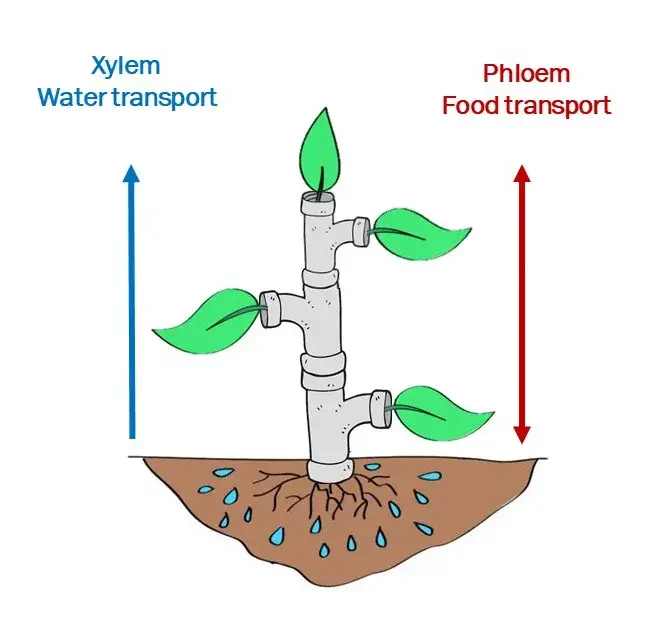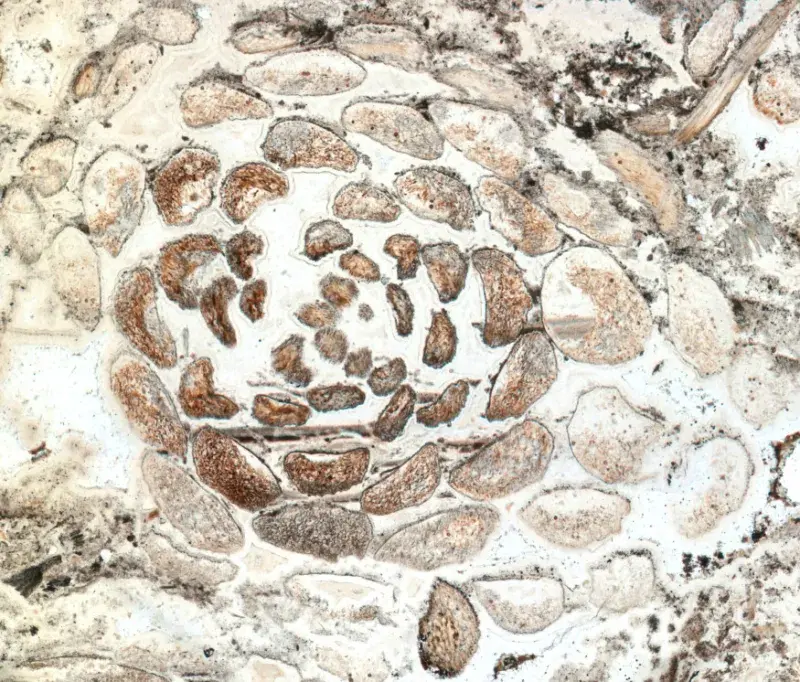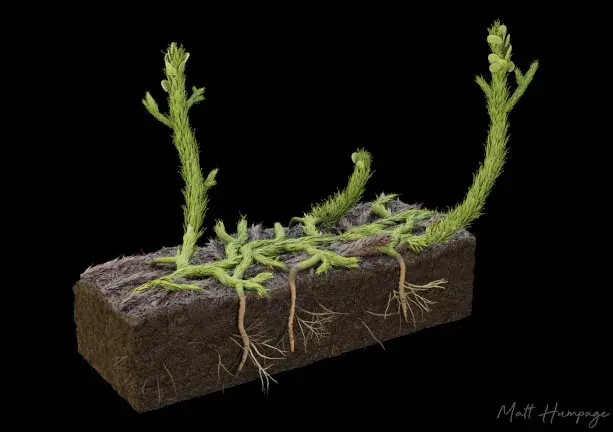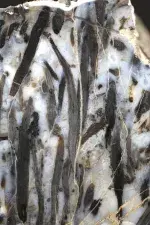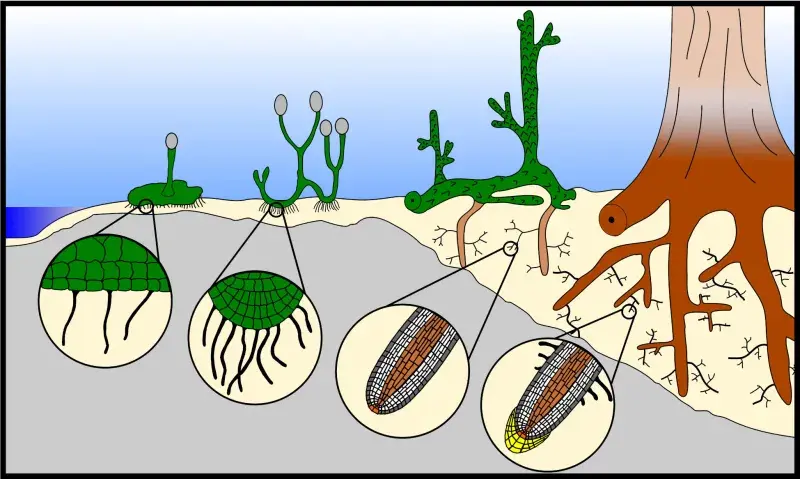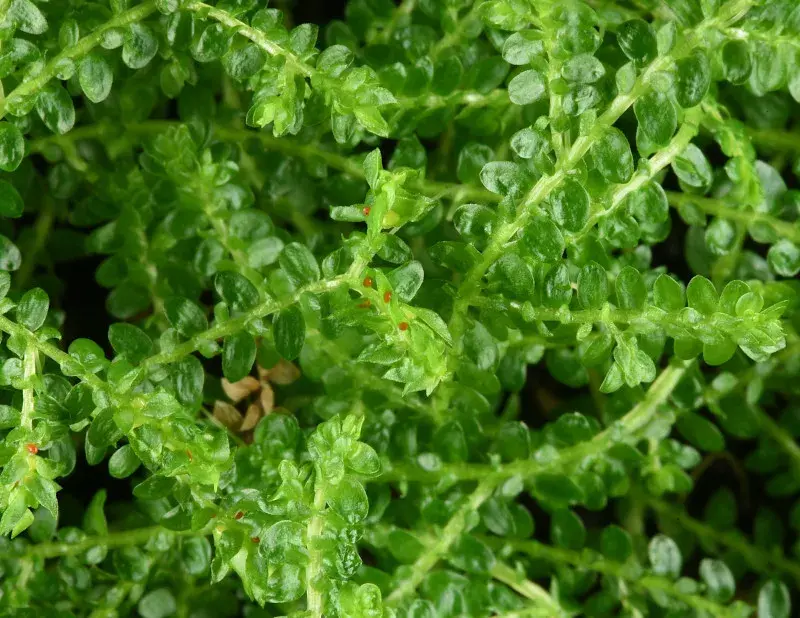During the past 500 million years land plants have evolved a staggering variety of diverse forms and intricate functions that have enabled them to diversify and transform the Earth. Here in the Molecular Palaeobotany and Evolution Group we investigate the evolution of characteristics that were key for the success of land by plants.
Taking interdisciplinary approaches at the interface between the Life and Earth Sciences we shed light on the evolution of key innovations such as the phloem and roots.
Below are brief descriptions of current and previous work from the group but we are also keen to expand our research to cover other major innovations so please get in contact if you would like to discuss research outside of the projects listed below.



